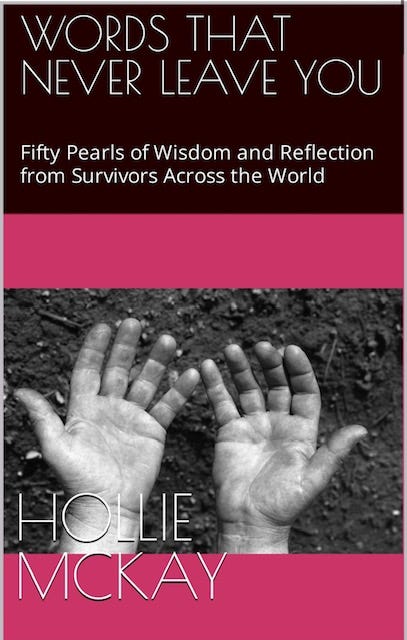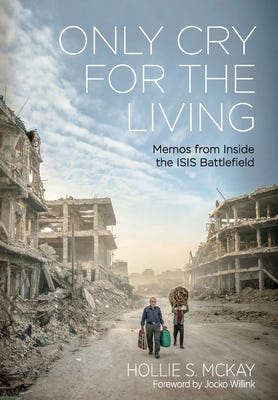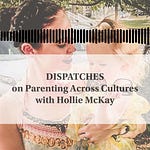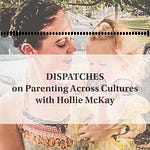As a war reporter, I have spent countless hours in and out of maternity hospitals worldwide. And I can say wholeheartedly that not even somewhere as impoverished and poorly governed as Afghanistan – despite struggling with its own jarring maternal mortality rate – would deny a pregnant woman medical treatment or force her to hand over the family’s life savings to obtain adequate care. The process of giving birth is revered and cherished – a concept that, from my own lens of going through this experience, hardly seems significant in the cash-grabbing, corporate American healthcare system.
Alarmingly, the U.S. remains the deadliest of the wealthy nations for a woman to give birth – with death stats now the highest since 1965. According to the latest data released by the Centers for Disease Control and Prevention (CDC), maternal mortality – defined as a death that occurs while pregnant or within 42 days of giving birth – rose 40 percent as of last year. In 2021, 33 women died out of every 100,000 births, a sharp rise from 23.8 the previous year. In total, at least 1,205 U.S. died due to maternal causes, compared to 861 in 2021 and 754 in 2019.
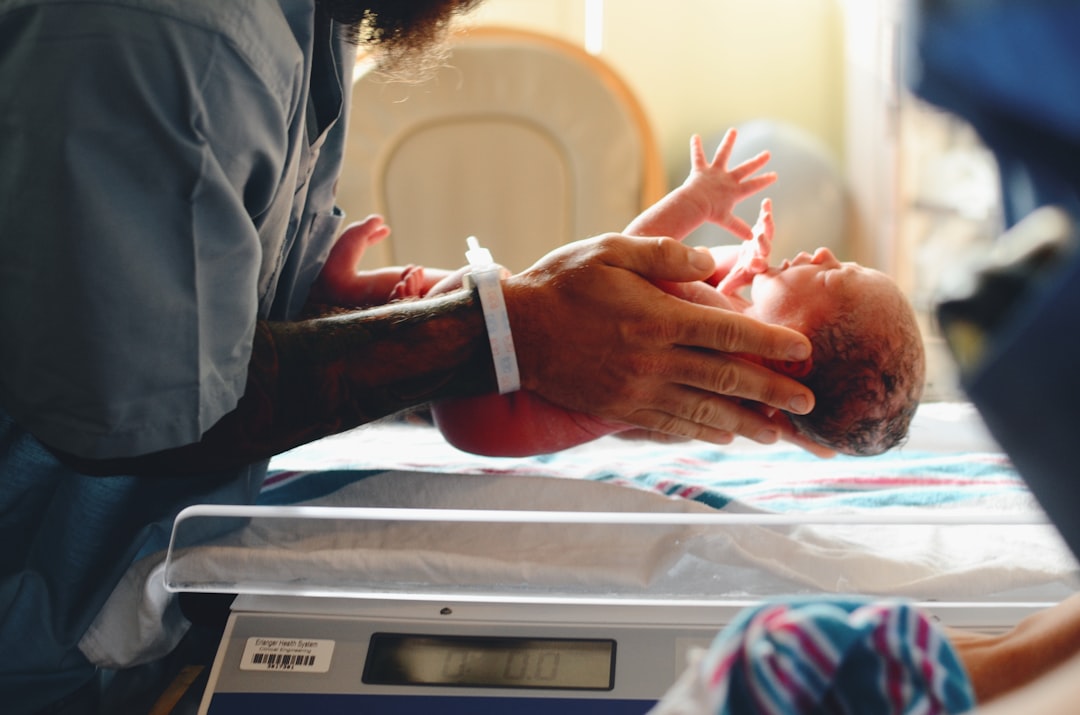
Moreover, the maternal mortality rate in the U.S. is twice as high per capita as the United Kingdom, which comes in second, followed by Germany and France – and three times higher than Spain, Italy, Japan and Australia. No maternal deaths aren’t necessarily unrealistic; look at Norway, which recorded none in 2019, the last year with published results.
So, what on earth is going on?
Glaringly, the lack of access to affordable healthcare and the fraught and borderline criminal insurance system stand in the way. The U.S. still has some of the best doctors and medical professionals in the world. While there are plenty of heartbreaking stories of doctors over-prescribing higher-risk C-sections and not listening to patient’s complaints, much of the data reverts to the fact that the entire healthcare insurance system itself is a complicated, hot mess with unattainable expenses for the vast majority of the population.
In almost every other high-income nation, including the U.K., Australia and Europe, the delivery cost is free compared to the thousands of dollars even the insured must pay in the U.S., and co-payments for screenings and care are limited with no grandiose surprises from the billing department. Whereas in the United States, from my experience, I received an in-writing notification that my critical prenatal blood tests and chromosome checks would be nothing out-of-pocket, only for the insurance company to turn around and deny the claim as “experimental” medicine. Huh? How is that not illegal? Because one paid claim denier with no experience in prenatal care suddenly says so? Smells like a scam and in any other industry, that would simply be outlawed. A painter can’t quote you $50 for a job and then suddenly decide it was $15000 and force you to pay. Health insurance companies gamble with your life, and that of your unborn baby, and get away with it each and every day.
Sadly, the latest federal data indicates that 84 percent of maternal deaths in this country were preventable. Several factors contribute to this chillingly high rate – endemic to a system that puts profits before people’s needs. Heart disease and stroke dominate maternal mortality. And then, in the week following the birth, cardiomyopathy (a weakened heart muscle) is the biggest killer, along with mental health-related conditions, including those that lead to death by suicide. Many hormonal bodily changes are exacerbated by financial stresses, lack of follow-up care and support systems, no paid maternity leave policies for many companies, and no federal mandates to assist new mothers. My family in Australia doesn’t fail to remind me that if I were there, the government would pay for a much-needed twenty weeks of maternity leave. Thus, the onus doesn’t always have to fall on the employer or business. But that is a whole other can of worms.
There are other nuanced factors to the rising maternal mortality rate, too – including complications that arise from giving birth later in life, surging obesity, diabetes and high blood pressure levels and a myriad of other chronic health conditions. Many of these often go unaddressed or inappropriately managed before one gets pregnant, given the barriers to healthcare under the current U.S. model, a model few people even really understand. COVID-19 lockdowns, disruptions and an even greater lack of healthcare intervention as the country descended into its myopic focus on the novel virus from 2020 to 2022 also contributed to the surge in death statistics.
In particular, Black women in America face a much higher risk of maternal death, at a rate 2.6 times higher than white women, as per CDC data.
However, little will change in the absence of a dramatic overhaul, which is highly unlikely anytime soon.
For example, I pay hundreds of dollars per month for my own premium PPO health insurance and am still treated by my insurance – excuse my potty mouth – like shit and routinely question why I even pay when I seem to get nothing out of it. Thus, I can only imagine what those battling against the poverty line must go through regarding pre and post-natal care. At 26 weeks pregnant, I was suddenly and inexplicably unable to walk, and my insurance point-blank refused to cover any physical therapy or testing despite the desperate referrals issued by my OBGYN. As a pregnant woman, my health would have been prioritized in my birthplace of Australia or most other wealthy nations of note. Yet here, the criminal entity happy to take your money each month could not have cared less about my well-being and that of my unborn daughter – a long and frustrating story for another time.
Thus, with the insurance, the system is a joke, and without it – well, that is horrifying. Women in the pre and post-natal periods often refuse to seek help for excess bleeding or headaches over fears of the massive costs or the lack of support to take time away from families or workplaces. Approximately 53% of maternal deaths occur within a year after delivery, long after women leave the hospital.
Moreover, we seem to be able to find billions and billions of taxpayer dollars to fund foreign wars and prop up corrupt governments who steal money instead of building the promised schools and roads. Yet, few in Washington bat an eyelid regarding the notion that far too many are dying in childbirth, far more than any other wealthy country.
If you haven’t researched U.S. government waste, here are a few sobering data points: the U.S. government throws away billions of taxpayer dollars every year and has “lost” almost $2.4 trillion in simple payment errors over the last two decades, spends unfathomable amounts on nonsense like $1.7 billion maintaining empty government buildings, and “accidentally” investing $28 million on forest camouflage uniforms to be used in the deserts of Afghanistan. And yet, there is little appetite to invest in mothers and their unborn children. Imagine what that money could do.
In addition, we are now in the throes of a post-Roe v. Wade world, where lawmakers want women to have their children but, at the same time, seem far from interested in providing adequate healthcare for expectant mothers in need. The U.S. operates on a capitalist system, but even when you can purchase insurance, it often does little to help when needed – essentially taking your money and failing to provide a service. Lawmakers and their proponents tout that it isn’t the government's job to provide health care. Fine, but the for-profit companies tasked with monopolizing the industry aren’t doing that either and certainly aren’t responsible for their criminal practices. It doesn’t make sense to the logical brain, yet it is politics before pragmatism in our grim reality. Decisions in the Beltway are overwhelmingly driven by men, who will never know what it is to carry a child nor run the risk of dying in childbirth, and there is a lot more self-aggrandizing than doing.
Is this really a demonstration of American excellence? Aren’t we somewhat embarrassed? Unfortunately, with things as they are with no real incentive to tackle the issue, we can only expect more and more from maternal mortality and infant death.
PLEASE CONSIDER A PAID SUBSCRIPTION TO THIS SUBSTACK TO HELP KEEP INDEPENDENT WRITING AND JOURNALISM ALIVE. THANK YOU SO MUCH FOR YOUR SUPPORT.
Subscribed
For speaking queries please contact meta@metaspeakers.org
Follow me on Instagram and Twitter for more updates
HOLLIE’S BOOKS (please leave a review)
** Short read of meaningful lessons gleaned from the ordinary forced to become extraordinary
Order your copy of “Afghanistan: The End of the US Footprint and the Rise of the Taliban Rule” out now.
For those interested in learning more about the aftermath of war, please pick up a copy of my book “Only Cry for the Living: Memos from Inside the ISIS Battlefield.”
If you want to support small businesses:



